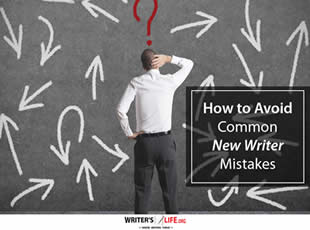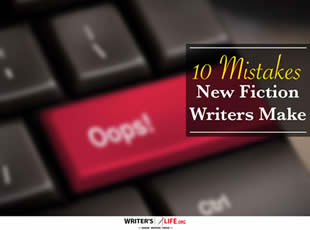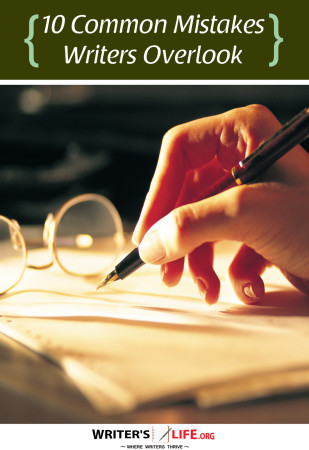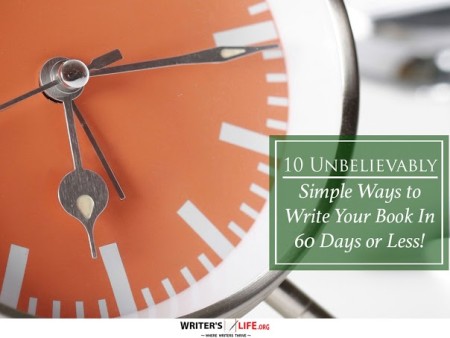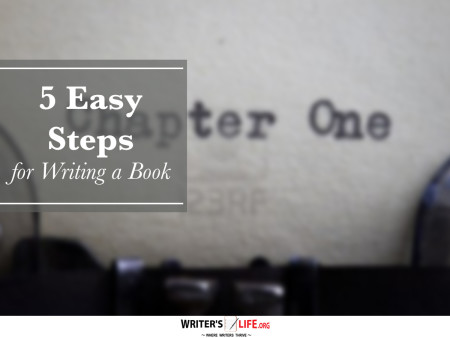- How To Tackle Jealousy In Creative Writing
- Common Submission Mistakes
- How To Stop Your Blog Becoming Boring
- The One Thing Every Successful Writer Has In Common
- How To Make Yourself Aware Of Publishing Scams
- Why Almost ALL Writers Make These Grammar Mistakes At Some Point
- 5 Tips For Authors On How To Deal With Rejection
- Top Mistakes to Avoid When Writing a Novel
- How to Avoid Common New Writer Mistakes
- 10 Mistakes New Fiction Writers Make
How to Cut Your Word Count Without Losing Substance

Word Count Reduction can feel daunting, but with a few strategic approaches, you can maintain substance while trimming unnecessary words. Whether you're writing a novel, an article, or an academic paper, cutting your word count effectively is essential for clarity and engagement. So, how can you achieve word count reduction without sacrificing the essence of your work?
Cutting Word Count Effectively to Enhance Clarity
Have you ever felt like your writing is a bit too verbose? You’re not alone. Cutting word count effectively can make your writing more engaging and accessible. Begin by identifying redundancies. Are there phrases or words that repeat unnecessarily? Sometimes, we get caught up in our enthusiasm for a topic and repeat ourselves without realizing it.
Another practical tip to reduce word count is to avoid filler words. Words like 'very,' 'just,' or 'really' often sneak into our sentences without adding any value. Try rereading your sentences to spot these sneaky words and eliminate them. By doing so, you’re on your way to reducing word count for clarity.
Lastly, consider whether each section truly adds value. Does that long paragraph add depth, or is it an unnecessary detour? Balancing detail with precision is a key part of efficient word count management.
Smart Word Reduction Techniques for a Tighter Narrative
Every writer knows the importance of a clean and concise narrative. One of the smartest word reduction techniques is focusing each paragraph on one main point. This prevents wandering sentences and helps maintain a clear, succinct flow. When readers have a clear path to follow, they’re more likely to stay engaged.
Next, use active voice instead of passive wherever possible. For instance, say, "The dog chased the ball," rather than "The ball was chased by the dog." This tweak not only cuts down on words but also keeps your writing vibrant and direct.
If you’re looking to trim word count wisely, use strong verbs and nouns. Descriptive language has its place, but overuse can bloat your work. Opt for dynamic, precise language that gets the point across effectively.
Efficient Word Count Management through Structural Adjustments
Your structure can offer opportunities for cutting word count effectively. Start by revisiting your outline, even if created post-draft. This might shed light on sections that don’t fit neatly into your main narrative or thesis.
We’ve all read pieces where the beginning is slow or the middle drags. Engaging introductions and conclusions help in reducing words without losing meaning. Where can you tighten to ensure each section packs a punch? Improving transitions between sections can help eliminate unnecessary recaps or introductions.
Consider your audience. Are they looking for quick facts, or are they after a detailed deep dive? Understanding this can guide you in word count optimization tips that enhance readability without losing substance.
Word Count Cutting Strategies for Various Writing Genres
Word count cutting strategies can vary significantly across different genres. In fiction, dialogues that sound repetitive or scenes that don’t advance the plot are key spots for trimming. In non-fiction, being specific and direct with your facts is essential to cut extraneous detail.
Academic writing often feels like it requires padding, but this isn’t always beneficial. Streamlining arguments to avoid redundancy can make your work more persuasive and easier to understand. Use smart word reduction techniques to ensure every sentence serves your overall argument.
When working on content for your blog or marketing, prioritize headlines and bullet points for practical tips to reduce word count quickly. These components should be snappy and hit the key points without unnecessary embellishments. Want to promote your book after it’s published? Check out our Book Marketing Articles. According to Wikipedia, conciseness is often valued across numerous writing forms.
Effective Word Trimming Methods for Last-minute Edits
Approaching a deadline? Effective word trimming methods can rescue a piece bogged down by verbosity. Start by reviewing each paragraph and identifying superfluous words. Remember, every word should pull its weight. If it doesn’t, it’s out!
Use word count optimization tips, like breaking down long sentences to eliminate complexity. If a sentence has multiple clauses, consider if it can be expressed in a simpler structure. This could be one of the most practical tips to reduce word count.
Finally, don’t be afraid to cut entire sections if they don’t serve a purpose. It can be tough, but focus on the wins—there’s often a sense of relief and clarity post-cut. If you're serious about growing your author career, don't miss out on these free tools and templates built specifically for writers. Access all 7 free resources here.
Frequently Asked Questions About Word Count Reduction
Q: Why is word count reduction important?
A: Boiling down your content helps improve readability and keeps readers engaged by eliminating unnecessary details.
Q: What’s a common mistake when trying to reduce word count?
A: Keeping redundant or filler words often leads to inflated word counts without adding substance. Focus on precise language instead.
Q: Can word count reduction affect the depth of my writing?
A: It can, but with careful editing, you should be able to maintain depth while enhancing clarity.



















